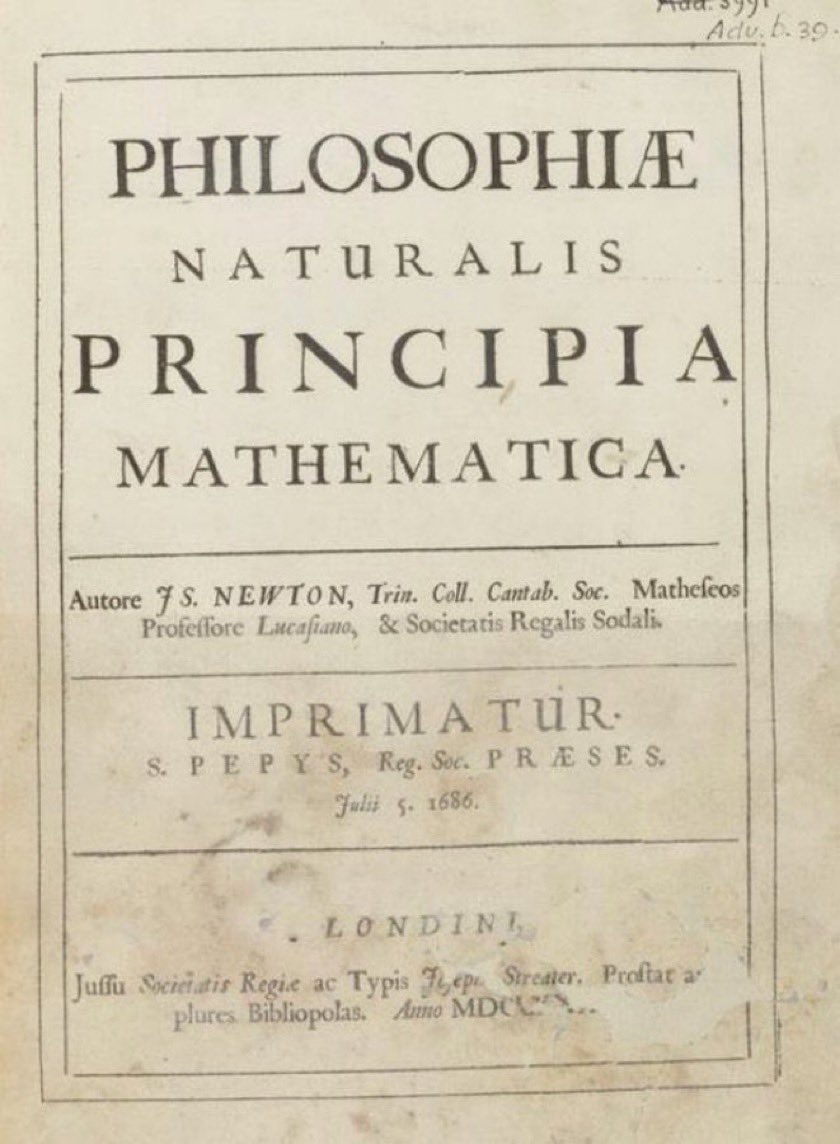
A comic strip titled "Be Scientific with Ol' Doc Dabble" appeared in the Los Angeles Times #OTD in 1934, quoting the predictions by Fritz Zwicky and Walter Baade of neutron stars, supernova, and the origin of cosmic rays.
Image: Associated Press, @latimes
Image: Associated Press, @latimes

Zwicky and Baade submitted their papers "On Super-Novae" and "Cosmic Rays from Super-Novae" in March of that year. The papers weren't published until May, so this comic strip was published beat the papers to print by a full four months.
Baade had been using the term "super-novae" in his lectures at Caltech since the early 1930s, and he and Zwicky talked about their work (and used that term) at an APS meeting in 1933. So word had gotten out. There was enough awareness of their work to prompt a comic strip!
The quote they attribute to Zwicky is “Cosmic rays are caused by exploding stars which burn with a fire equal to 100 million suns and then shrivel from 1/2 million mile diameters to little spheres 14 miles thick.”
Zwicky would later say: "This, in all modesty, I claim to be one of the most concise triple predictions ever made in science. More than 30 years were to pass before this statement was proved to be true in every respect."
The strip shows "Doc Dabble" looking through a telescope. But it should be noted that at the time, many if not most observations were still processed and scrutinized by teams of talented women working under the supervision of a handful of men who directed the observatories.
They don’t show up in the strip, though.
• • •
Missing some Tweet in this thread? You can try to
force a refresh












